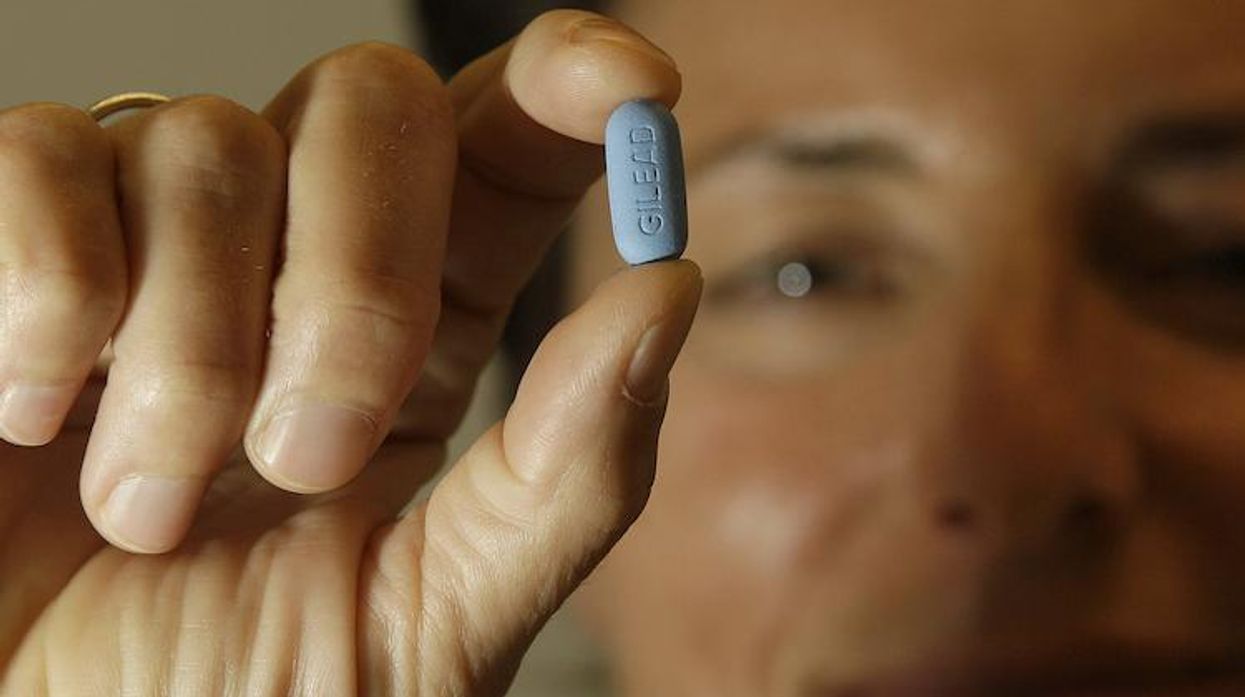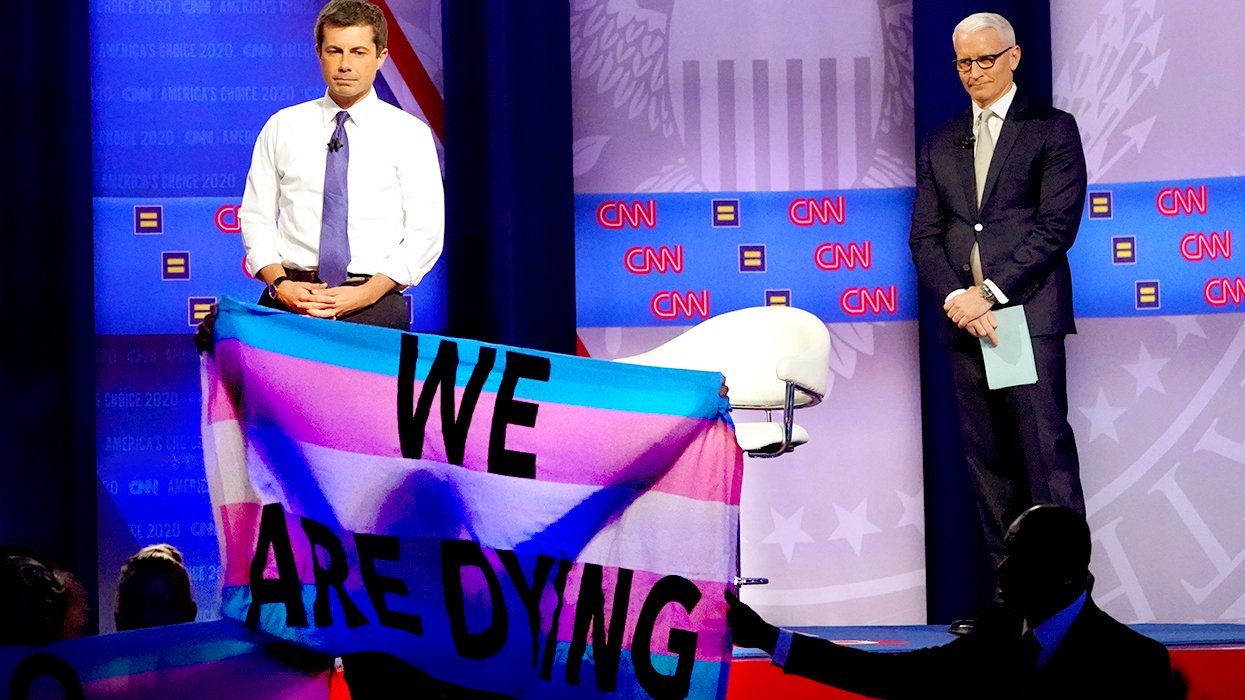With the 23rd Conference on Retroviruses and Opportunistic Infections (CROI) currently in progress in Boston, many questions surrounding AIDS and HIV are sure to arise. Ending the HIV epidemic has become more challenging as the virus may be mutating to become drug-resistant.
Although current standard treatment cocktails are still being prescribed and retain effectiveness, there is a chance that the drugs will eventually being to lose potency as time goes on. In an article from The Daily Beast, contributor Kent Sepkowitz explores this topic by examining relevant studies and offering insight.
"If you use them, eventually they will fail. Like everything else in the market, antimicrobials are programmed to work wonderfully for a while then lose their collective grip, a victim of their own effectiveness. Maybe this year, maybe next year, maybe, like your father's Toyota, 20 years from now, but fail they will because fail they must."
Sepkowitz explains that eventual failure is the "nature of the drug-microbe tango." As the population of the virus continues to increase, the chance of a genetic mutation occurring in the RNA sequence of HIV also increases. This mutation can be directly associated with the virus's ability to be treated, causing a mutation that can possibly create a drug resistant variation of HIV.
Sepkowitz refers to a study released last month in Lancet Infectious Diseases, which described the features of the RNA sequence of the virus in 2000 patients across 36 countries. Patients that were a part of this study had already failed the standard treatment cocktail, so scientists were checking to see whether or not mutations were the issue.
"And indeed mutations were the problem. Among the 2,000 patients, rates of resistance to an extremely useful and commonly prescribed drug in both treatment and prevention--tenofovir--ranged from about 20 percent of European isolates to more than 50 percent in many areas in Africa. In other words, people were using tenofovir across the world and, as a result, mutations resistant to tenofovir were emerging in a direct cause-and-effect fashion."
Although the problem does remain at large, Sepkowitz assures that there isn't any need to panic, urging readers to leave the issue to the experts and scientists at CROI.






























